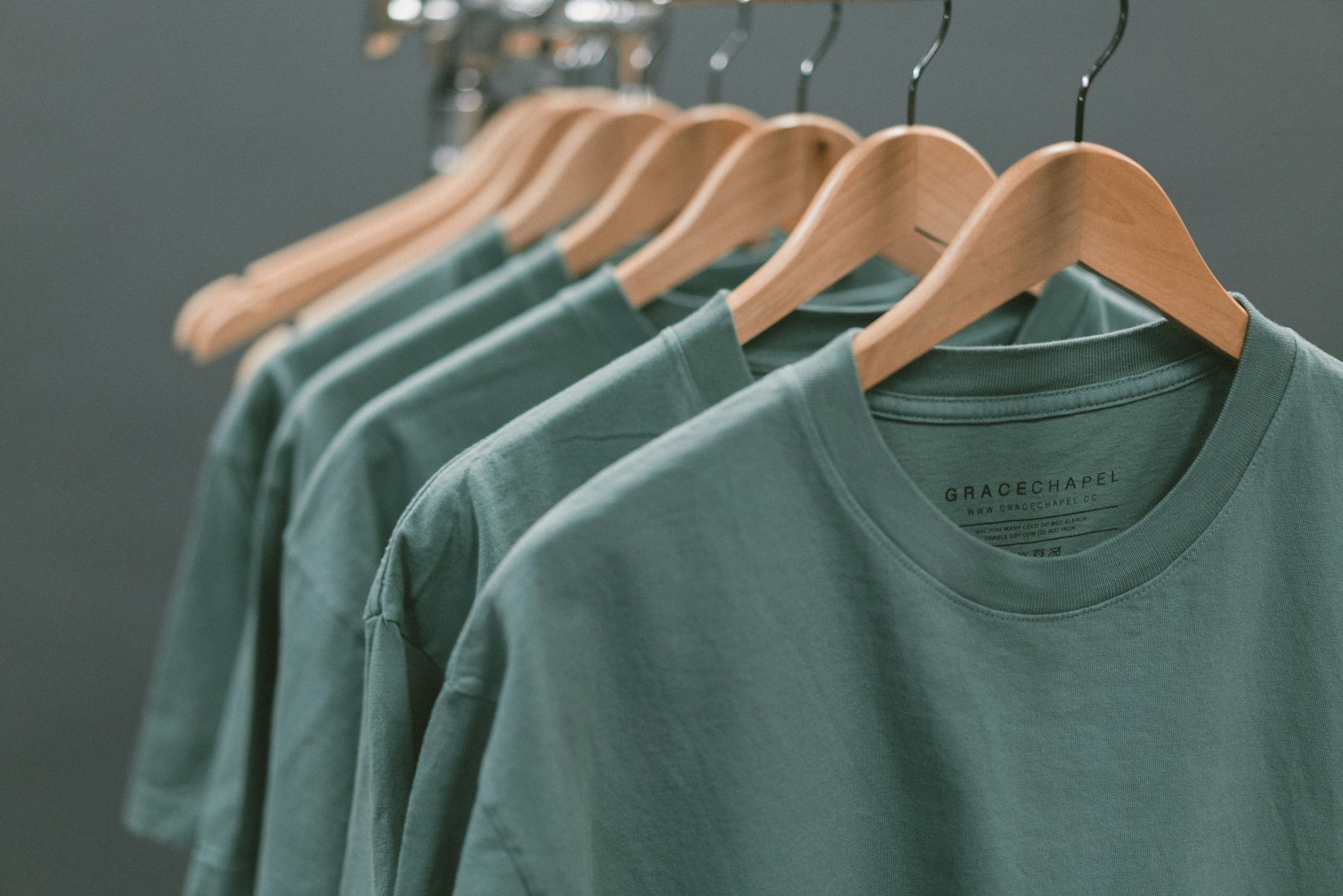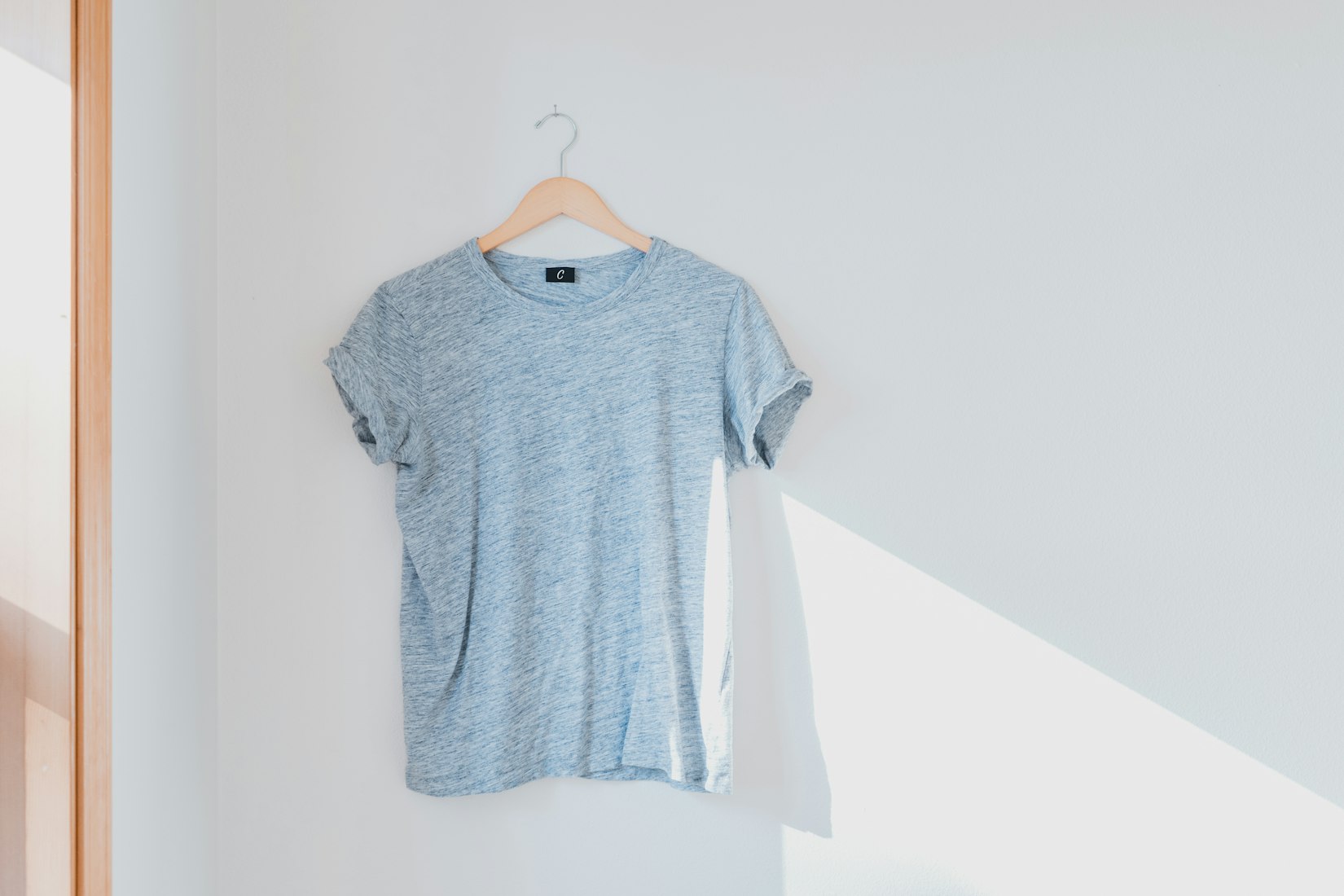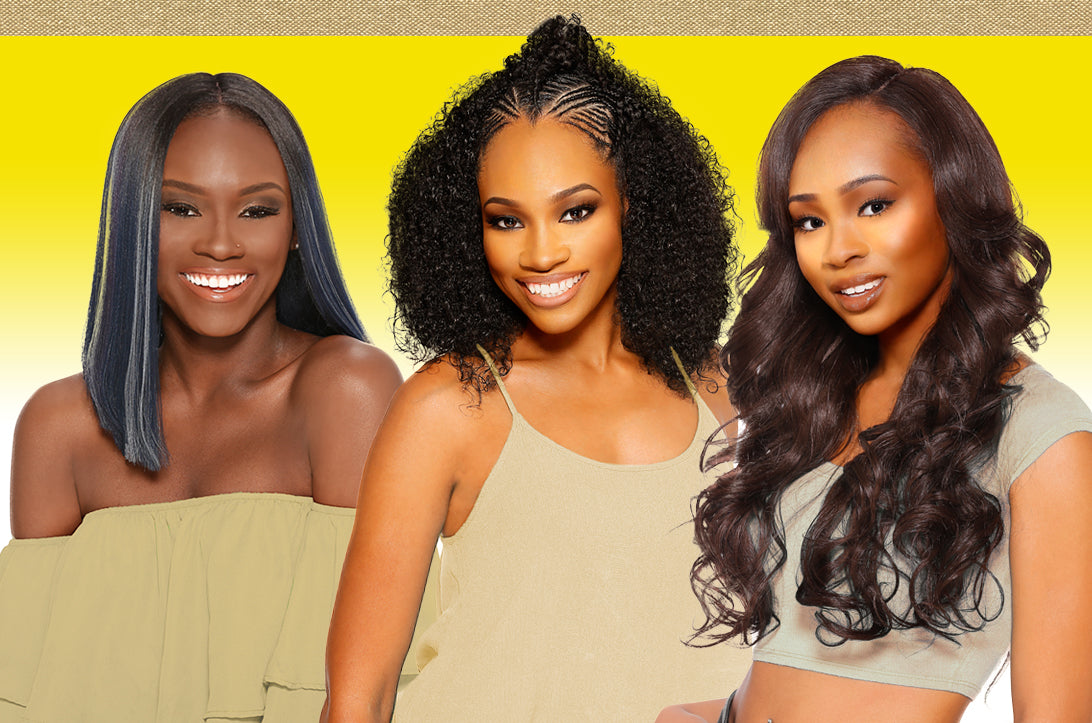When people see flakes in their hair, they automatically assume they have dandruff. However, countless other conditions can cause you to see flakes. Today, we’re talking about sebum, which is a natural oil that the body requires for healthy functioning. Because it’s still problematic if it’s produced in excess, you should know how to address sebum build-up on your scalp to ensure you have healthy hair.
What is Sebum?
Sebum is the body’s natural oil consisting of lipids, glycerides, fatty acids, squalene, and cholesterol. It’s excreted from your skin’s pores and the scalp. You can find sebaceous glands all over the body under the skin to produce oil. The primary glands, however, are on the head, face, and upper chest.
Sebum plays an important role in keeping your skin hydrated and free from bacteria. Here’s why sebum is beneficial to your scalp:
- It protects the skin from dehydration and water loss
- It defends the skin from infections
- It strengthens the skin’s immune system
- It regulates the proliferation of a good bacteria called P.acnes which lives in the pores
What Causes Sebum Build-Up?
Sebum build-up happens when sebum oil combines with sweat, dead skin cells, and hair products and then collects on the scalp causing flakes to form. While sebum build-up doesn’t happen to everyone, it can happen to anyone at any point in their life. Newborn babies who experience cradle crap — crusty, oily patches on a baby’s scalp — are more likely to develop seborrheic dermatitis and later sebum build-up as adults.
While the causes of scalp clogging are unclear, several factors may increase the likelihood of this build-up occurring. These include:
1. Hormonal imbalances
Certain hormonal imbalances like pituitary and thyroid hormone imbalances can increase sebum oil production. This means the oil is more likely to build up on your scalp and cause flakes that you’ll need to deal with.
2. Poor hygiene
While most hair types don’t need to be cleaned daily (or sometimes even weekly), washing your hair less often and using unsuitable hair products can increase the likelihood of sebum build-up on the scalp. It’s important to maintain good hygiene to reduce the accumulation of sebum and inflammation on the scalp.
If your hair follicles are making too much sebum, you’ll know because your hair and skin get greasy. This overproduction of oil can lead to problems like flakiness and acne. If you fail to treat sebum build-up, then you can experience more serious symptoms like hair loss.
3. Microorganisms
With increased sebum production comes more bacteria and fungi on your scalp. These bacteria and fungi can fill up the follicle and cause inflammation and accumulation on the scalp.
4. Digestive issues
If you have digestive issues and you are overproducing sebum, address this issue. The chemical composition of sebum can be altered by intestinal and liver issues. After this transformation, the sebum will be useless when it comes to performing its intended duty — protecting the hair and scalp.
5. Metabolic disorders
When you incorporate unhealthy fats into your diet, you can negatively impact your metabolism. This will increase the amount of sebum oil production that you’re seeing on your scalp.
6. Certain diets
Certain types of food can stimulate the secretion of particular growth factors and cause excess sebum production. Keep an eye out for food with a high glycemic index like white bread or white rice. Additionally, if you’re seeing an overproduction of sebum in general, take a look at your diet. If you’re not properly nourishing your body, then you could be prompting unnecessary production.
When you first see flakes form, you may have a hard time telling that it’s sebum build-up. Other conditions like scalp psoriasis, seborrheic dermatitis, and eczema all have identical symptoms.
The symptoms of scalp buildup include the flaky scalp, crusty skin, redness on the scalp, and itchy scalp.
If you have long-term sebum build-up, then you may also begin to experience complications. These include folliculitis, hairline acne, oily dandruff, and seborrheic dermatitis.
How to Prevent Sebum Build-Up
If you’re worried about unsightly sebum build-up, there are a few solutions. Here are the home remedies we suggest for everyone.
1. Wash and brush your hair regularly
Wash your hair one to two times a week depending on your hair type. You want to make sure you’re removing all the dirt, product, sweat, etc. from the hair. We recommend a shampoo with salicylic acid and piroctone olamine.
Be gentle with your hair during this process. You should use warm water, avoid scratching your scalp, shampoo gentling, and brush your hair after it dries. Brush will increase scalp blood flow and boost hair growth.
2. Exfoliate your scalp
Invest in a scalp exfoliator to ensure your scalp is extra clean when you do your routine cleanse. If you don’t want to purchase an exfoliant, then you can mix brown sugar and oatmeal and massage the two into your head. This process should happen around once or two times per week.
3. Use an apple cider vinegar rinse
Research shows that ACV has antibacterial and antifungal properties. It can help you kill dandruff-causing yeast on the scalp and remove build-up if you use it once a week. That said, don’t just dump ACV on your head. You’ll need to dilute it first for the best results.
- Add two tablespoons of ACV to a glass of warm water
- Shampoo your hair normally
- Slowly pour the vinegar solution onto your head
- Allow it to sit for 2 to 3 minutes
- Rinse it out
4. Be mindful of the products you use
Certain products are more likely to cause scalp build-up. These products include conditioner, hair cream, pomade, gels, foams, hair putty, etc. While they can work wonders at making your hair look and feel moisturized, volumized, thick, and textured, overusing the product or failing to remove it from your hair entirely can be harmful to your scalp.
Tips to Reduce Excessive Sebum Production on the Scalp
- Reduce your use of chemical hair products like hair dyes, bleach, or perms
- Wash your hair every 2 to 3 days with a mild herbal shampoo. Be sure to wash the scalp thoroughly and rinse out all the product residue so you don’t irritate the scalp.
- Wear a swim cap when swimming to protect your hair and scalp from any chemicals in the pool.
- Wash your hair after heavy sweating.
- Avoid heat tools on your hair, especially a blow dryer. The heat to dry your hair after washing can exacerbate scalp conditions.
- Consider using a hair mask with clean ingredients. This will clarify the scalp and remove impurities from the scalp. It’ll also leave your hair feeling clean and moisturize the scalp.
- Avoid oil-based products.
- Leave your locks mid-length. If you have thick locks, you should regularly get them thinned out.
When Should You See a Healthcare Professional?
If you’ve been treating your sebum build-up for months and you haven’t seen a change you may wonder if this has surpassed haircare. Is this something you should see a doctor for?
If your scalp build-up becomes painful, forms a crust, or has draining fluid or pus, then you should reach out to a healthcare provider. Home remedies are great, but if you haven’t seen results in a few months, then you should double-check that you’re doing all you can.
Final Thoughts
Do you want to establish a healthy scalp care regime to prevent sebum build-up? The Taliah Waajid Follicle Therapy Growth Treatment and Treatment Masque are the perfect products for this!
WRITE FOR US
Think you've got a fresh perspective that will challenge our readers to engage and educate themselves on how to attain a healthier self, hair and skin included? We're always looking for authors who can deliver quality articles and blog posts. Thousands of men and women will read your work, and you will level up in the process.



 English
English Arab
Arab









Where can i get this product to buy.
Hello Velverly Althea Caldwell,
I would suggest all our products. Our products are formulated to keep hair healthy and strong. Depending on your hair type and style, our products can help with your styling. Please check our website for the best products for your hair type.
Thank You
Hello Keisha Augustin Sylvester,
I would suggest our Green Apple and Aloe line. Detangling your hair with a conditioner or a leave-in conditioner. I hope this helps.
Thank You
Please how can I treat it. Even with constant washing and combing my hair is scant and embarrassing
Would like to find a product that will help my hair stay strong and natural.